|
On this gorgeous fall day we set out once again to prevent the bank from eroding where Walley Creek flows behind private residences between Hammond Bay Road and Ecole Hammond Bay.
We wonder if this problem was caused by the creek being moved? There is a natural seep that flows from a different direction, past the tennis courts and through the salamander meadow. The erosion is exacerbated by yard waste being thrown over the fence, though all but one neighbor has cleaned up their act. In any case, our goal is healthy fish habitat, and keeping the creek from filling up with silt and soil if there are debris jams and high flows. This design was suggested by Lindsey Haist of Alder Environmental, and it's been very successful so far. Today we reinforced "benches" built in previous years, installed new ones, and planted sword fern and dull Oregon grape, hoping their roots will take hold. We had a strong crew of family (Nina's husband, children and grandchildren, and Linda's husband and children), dedicated volunteers, and recent VIU grads to pull this off in a couple of hours. We were so grateful for a delivery of healthy plants from Streamside to restore the biodiversity of this area. The project was completed with support from the City of Nanaimo Community Watershed Restoration grant, project management and volunteer coordination in partnership with the Nanaimo & Area Land Trust, of which Walley Creek Streamkeepers is a committee. There happened to be an interpretive tour of the salamander monitoring project in this area led by Elke Wind at the same time that we were working! The group found three dead naked mole rats, that could have been victims of rat poison?? We also encountered some very angry wasps, who are cranky during this fall season and took it out on a couple of volunteers, ouch!
0 Comments
Our group has a nice rhythm of spring/summer invasive removal and fall planting. This has the goal of increasing biodiversity, stabilizing the stream banks to prevent erosion, and restoring the plant communities that were here pre-disturbance.
We are learning that it's not as simple as putting plants in the ground. Despite best efforts at placement, some plants get trampled, browsed by deer, suffer from summer drought, or don't make it for unknown reasons. We've learned that ferns and Oregon grape are nearly indestructible, though they haven't survived well on the steep slope stabilization projects. The key seems to be considering which plants need "wet feet" - salmon berry and Cedar, for example, and which ones can tolerate drier conditions - snow berry and pine. Then adding lots and lots of bark mulch and wood chips to hold onto moisture and nutrients in our dry summers. Even still, not all the plants survive. We keep planting densely, using chicken wire and Plantskydd to deter the deer, and repeating planting as we assess what's surviving. It makes us grateful for the established trees that are there, and appreciate the truth in the saying, "The best time to plant a tree is 20 years ago. The second best time is now."
Over Spring Break we worked hard to cut back Himalayan blackberry along the streamside and and dig out the tenacious knuckles left behind. While a small excavator can be helpful with this work, we used loppers and shovels so as not to disturb the native thimbleberry plants interspersed with the Himalayan blackberry. There is also a lovely carpet of native trailing blackberry in this area that we tried to gently move aside during this work. A huge thanks to NALT volunteers who helped with this physically demanding task. Also, Bruce dug Daphne while the kids bagged ivy. In November 2022 we planted over 250 plants from Streamside Native Plants over several days with the help of over 20 volunteers recruited through NALT, as well as a group of students from Ecole Hammond Bay. In February 2023 a small group got the last few plants in the ground!
After a 2 year hiatus due to Covid restrictions, we again organized a work party in the park adjacent to École Hammond Bay. This event started in 2017 and makes a tremendous positive impact on the biodiversity and ecological integrity of the park. It gives graduating elementary school students an opportunity to give back to an area they enjoyed playing and learning in.
On June 21, 2022 a hard working group of grade 7 students and their families removed invasive plants in Morningside Park. This year we were also joined by the school principal and other community volunteers. We reflected on our commitment to understanding how human activities have impacted the stream ecosystem in the same way that settler activities have impacted indigenous communities. Spending time tending and appreciating this place is an act of reconciliation as much as environmental healing. We targeted blackberry bushes that are crowding out native plants in the riparian area, and Bur chervil that's growing along the gravel path to the tennis courts. We also continue to carefully pull ivy and bag it for safe disposal. We watch the maples grow taller and provide shade for native plants like Salal, Orgeon grape and ferns. We continue to reflect on how we can educate the children who enjoy this space about how to prevent erosion, and avoid disturbing the animals that live in and around the creek. 2021 planned riparian Work (fall):
Members of the Dover Bay High School Eco-club Can you see how steep those banks are? Plants have a hard time getting established here, and as a result rains cause erosion and sediment buildup in the creek. Our 2019 attempt at steep slope stabilization used rebar and landscape ties to create "shelves" for planting. This year we tried a new method based on suggestions from landscape designer Lindsay Haist of Alder Enviro - Restorative Landscaping. We used rubber mallets to pound 1" x 1" wooden stakes into the ground, and placed logs above the stakes to create a shelf where ferns and Oregon grape could be planted. One of the greatest benefits of these projects is the inter-generational reciprocity. Elders bring wisdom and guidance, youth bring energy and enthusiasm. This project is a wonderful example of collaboration between our stewardship group, City staff, and community members. We gratefully acknowledge the Pacific Salmon Foundation for supporting this project.
The Walley Creek Streamkeepers, in partnership with the City of Nanaimo, Snuneymuxw First Nation, and Department of Fisheries and Oceans (DFO), are undertaking a restoration project this summer to make the creek healthier for the fish and other animals that live there. Walley Creek has resident cutthroat trout, and has the possibility to support Coho salmon. In-stream work can only happen during the window of August 15 to September 15. This is to prevent damage to sensitive fish habitat. In-stream work requires a permit from the Provincial Government, and is done with the greatest amount of care possible, with the goal to leave the fish habitat better. Outside of this time, nothing should ever enter or block the water – not humans, animals, or tree parts. If branches and other “small woody debris” incidentally enter the water (through storms or getting flushed downstream) volunteers must remove blockages, with permission from DFO, the City and the Province. This work is supervised by Dave Clough, R.P.Bio. 2021 planned in-stream work (summer):
A team of hard working volunteers worked to improve fish access to the culvert under Morningside Drive. This work had been done in (year?) but time and heavy rains had washed it out. Volunteers under the direction of Dave Clough carried boulders down to the stream and placed them in a gradual slop up to the culvert. The project stood up to torrential rains that came in early October. We gratefully acknowledge the Pacific Salmon Foundation for supporting this project.
Again this year we deferred our annual invasive removal with Ecole Hammond Bay students, since the public health regulations aren't changing to allow large outdoor gatherings until after June 15. For now, we're working with our small group of volunteers to remove invasive plants in the riparian area between the gravel path and Walley Creek adjacent to Ecole Hammond Bay. Last year we almost eradicated the thistle that had completely overtaken the area. That allowed other invasive plants to thrive, so this year we are tackling Himalayan blackberry, Daphne (Spurge-laurel), English Ivy, and Bur Chervil. (To identify invasive plants in your area check out the Invasive Species Council of BC website.). These plants are competing with native baby Fir, Cedar, Arbutus and Maple trees, and Salal, Oregon grape and Ocean Spray shrubs for space, light and nutrients. Our hope is that this concerted effort will eventually allow the native plants to become established, creating a more biodiverse and healthy riparian ecosystem.
poster courtesy of Damaris Brisco, learn more
May 2021, nursery for long-toed salamanders
|
Categories
All
Archives
March 2024
|
||||||||||||||
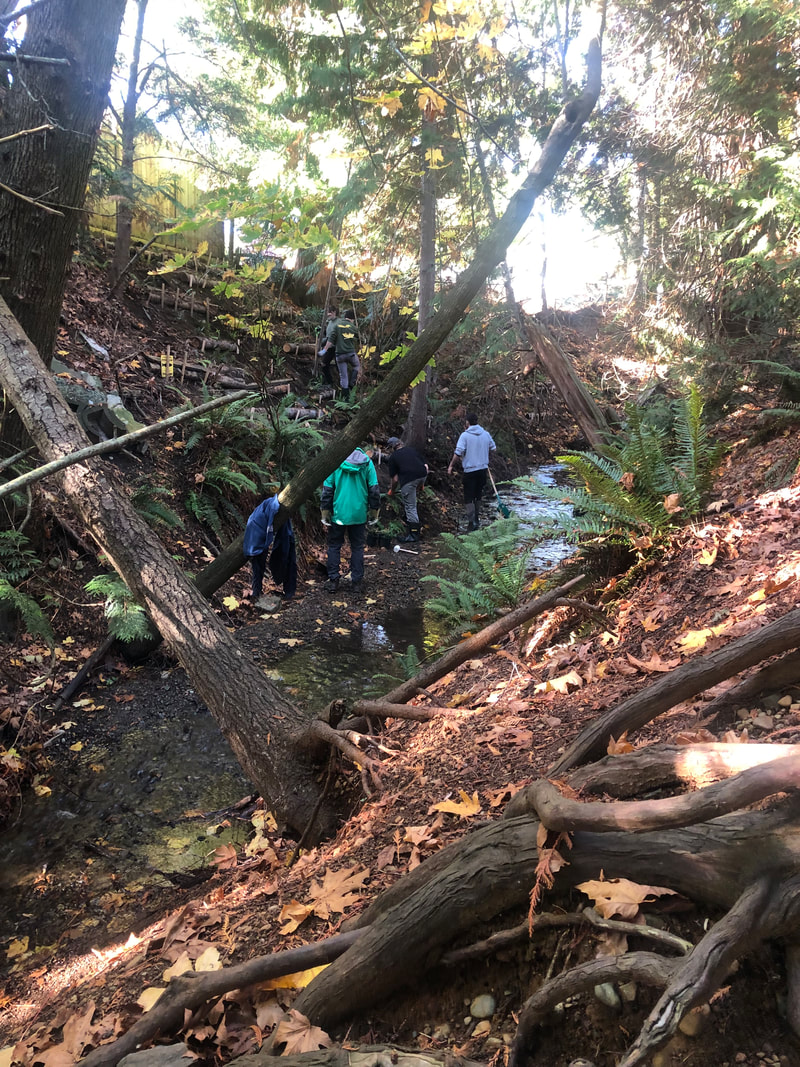
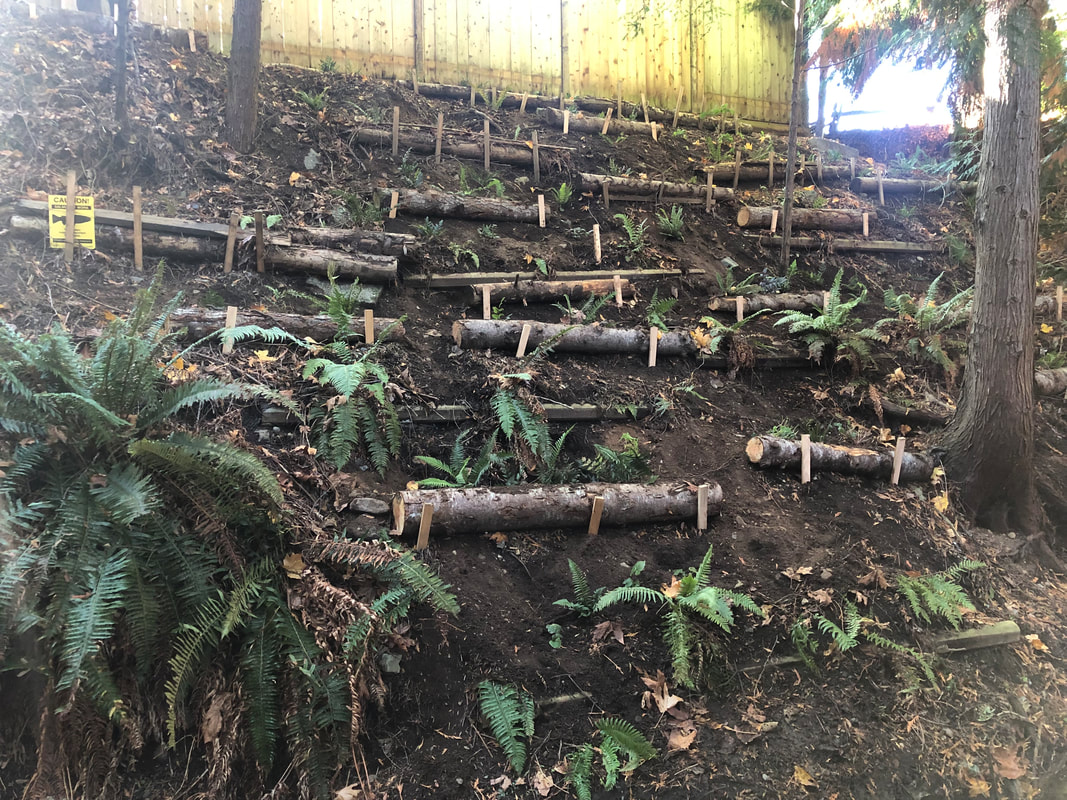
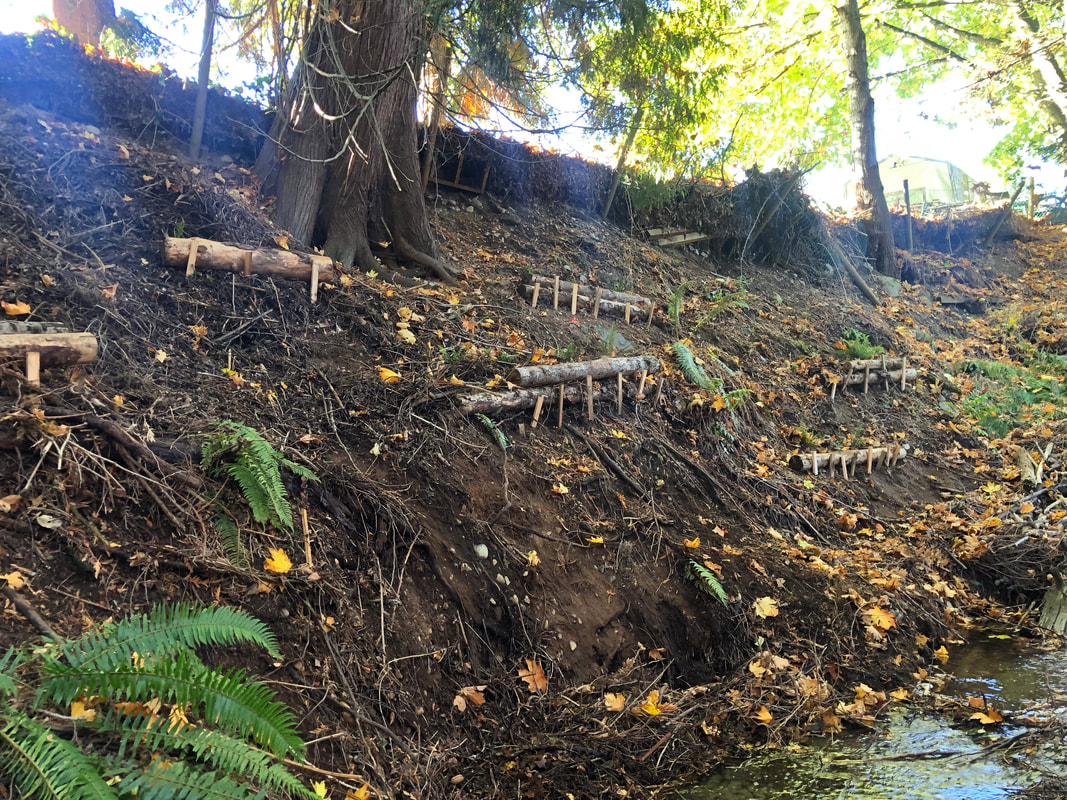
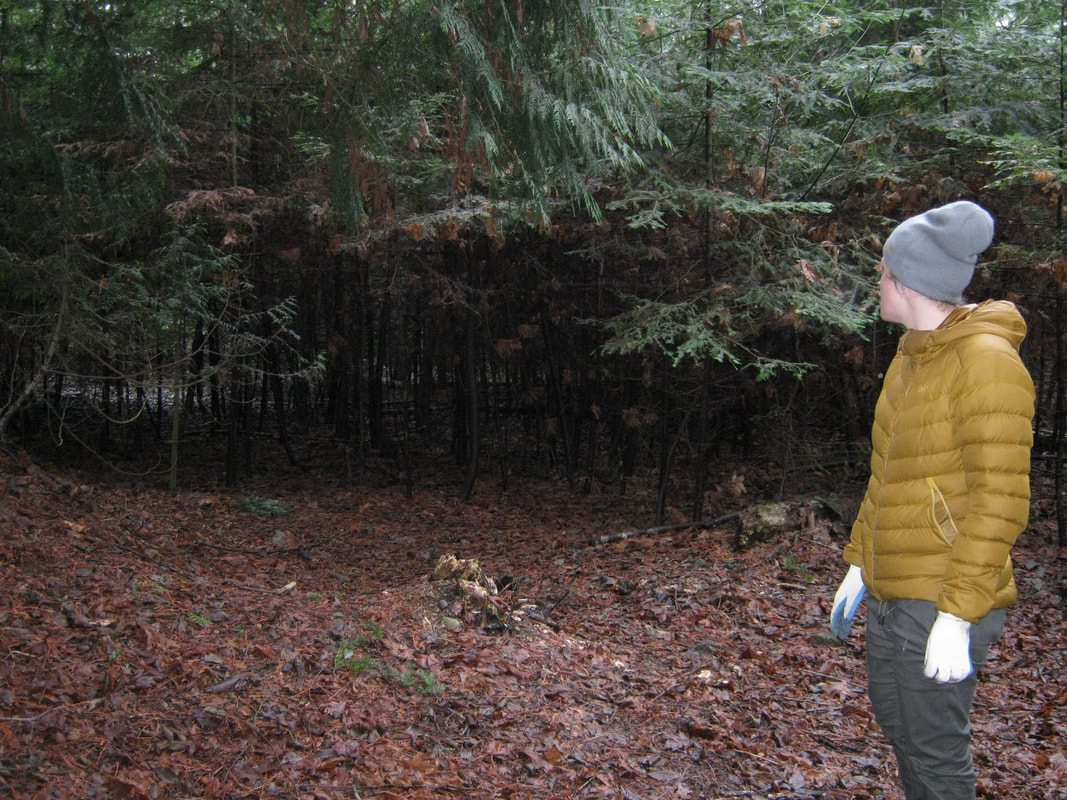


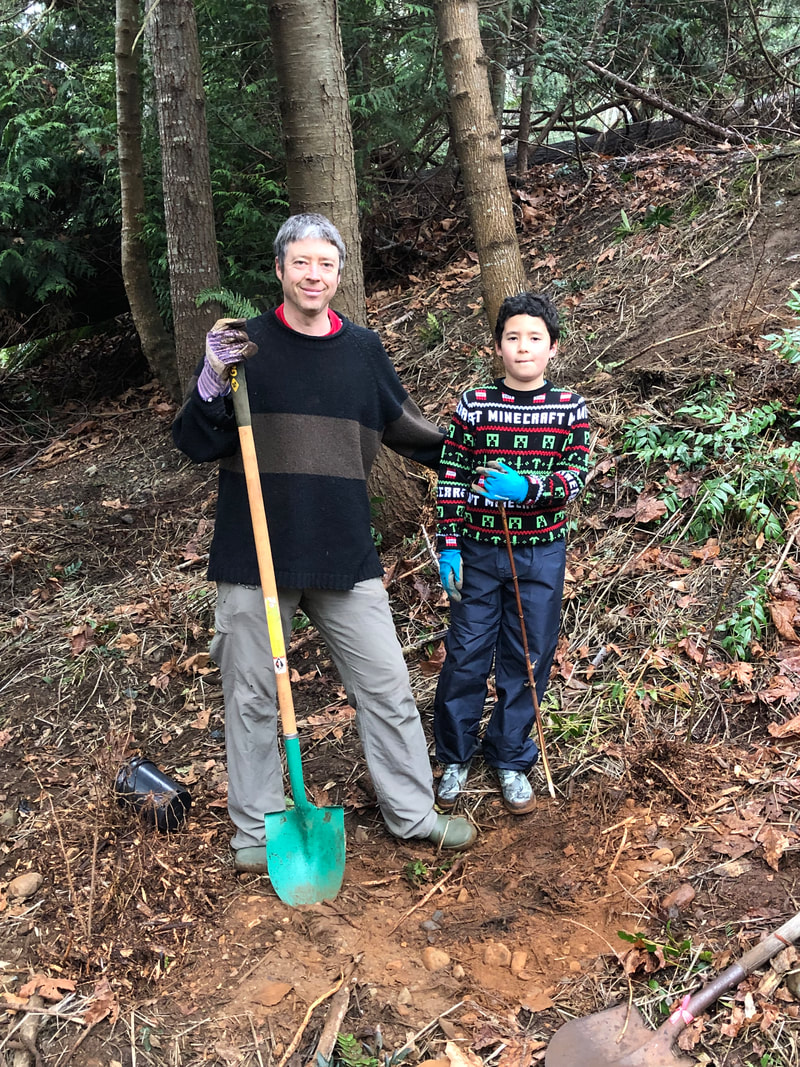
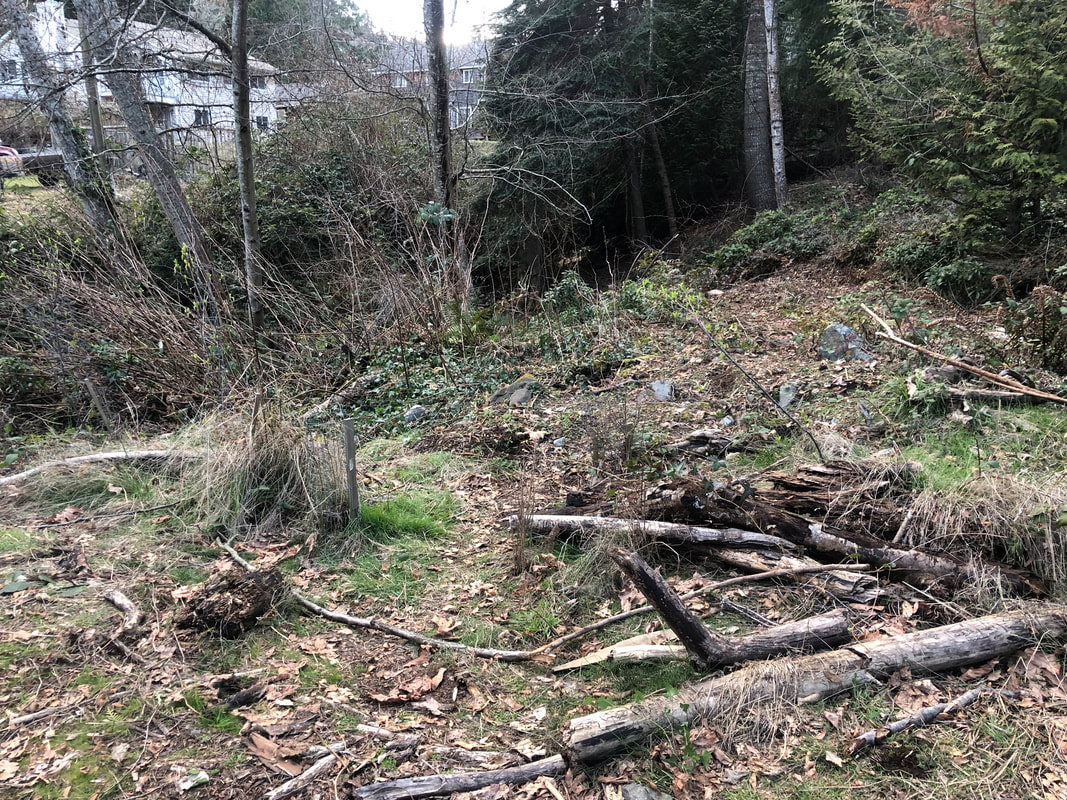



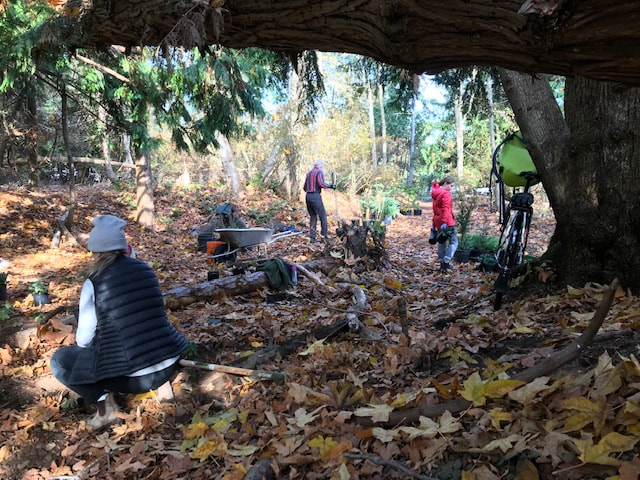
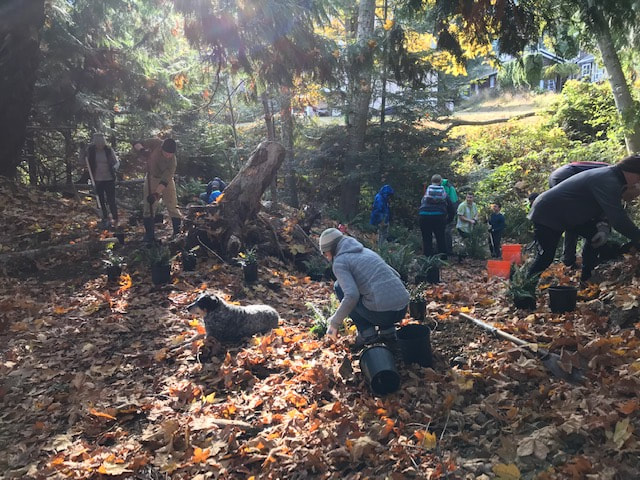



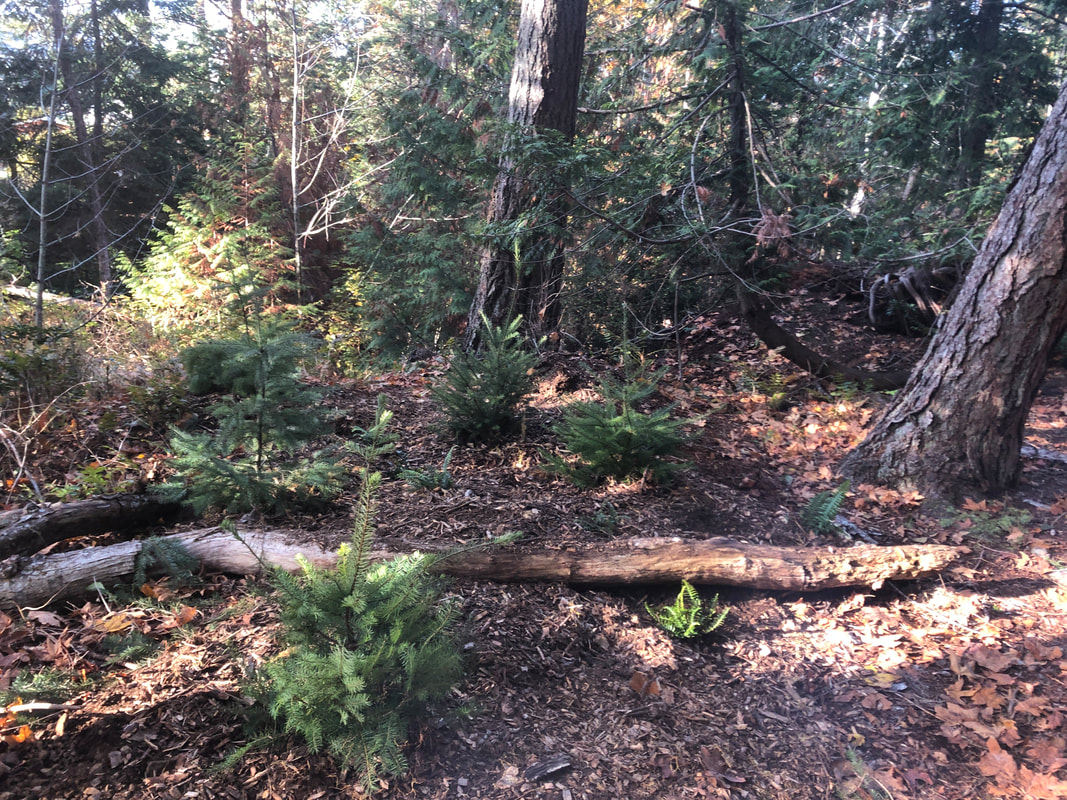
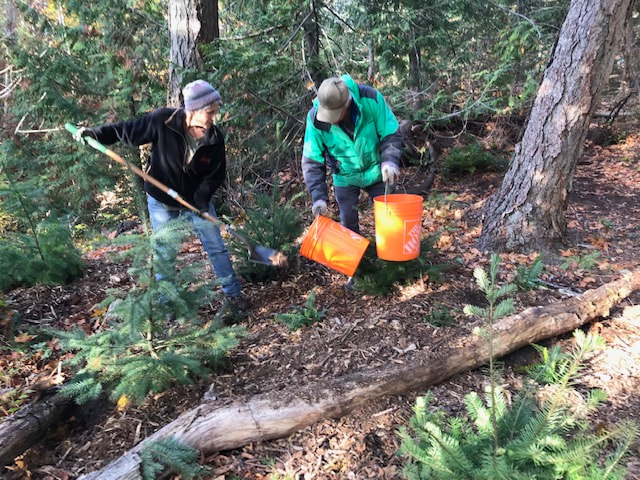
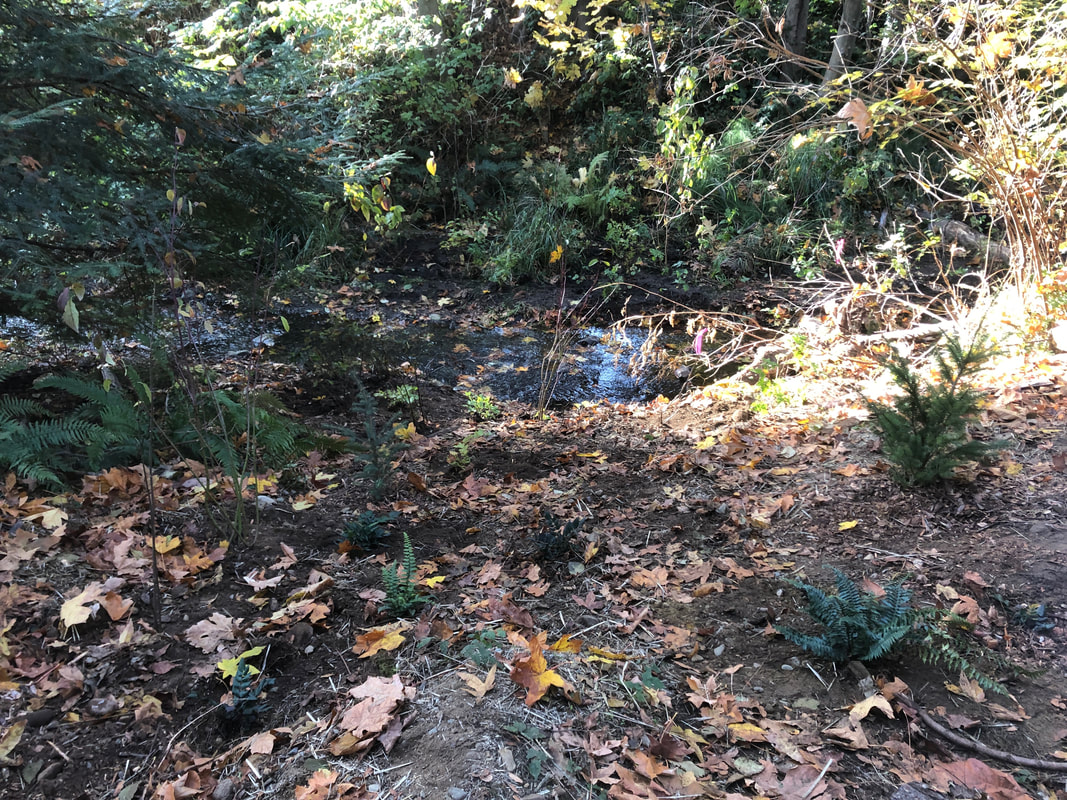



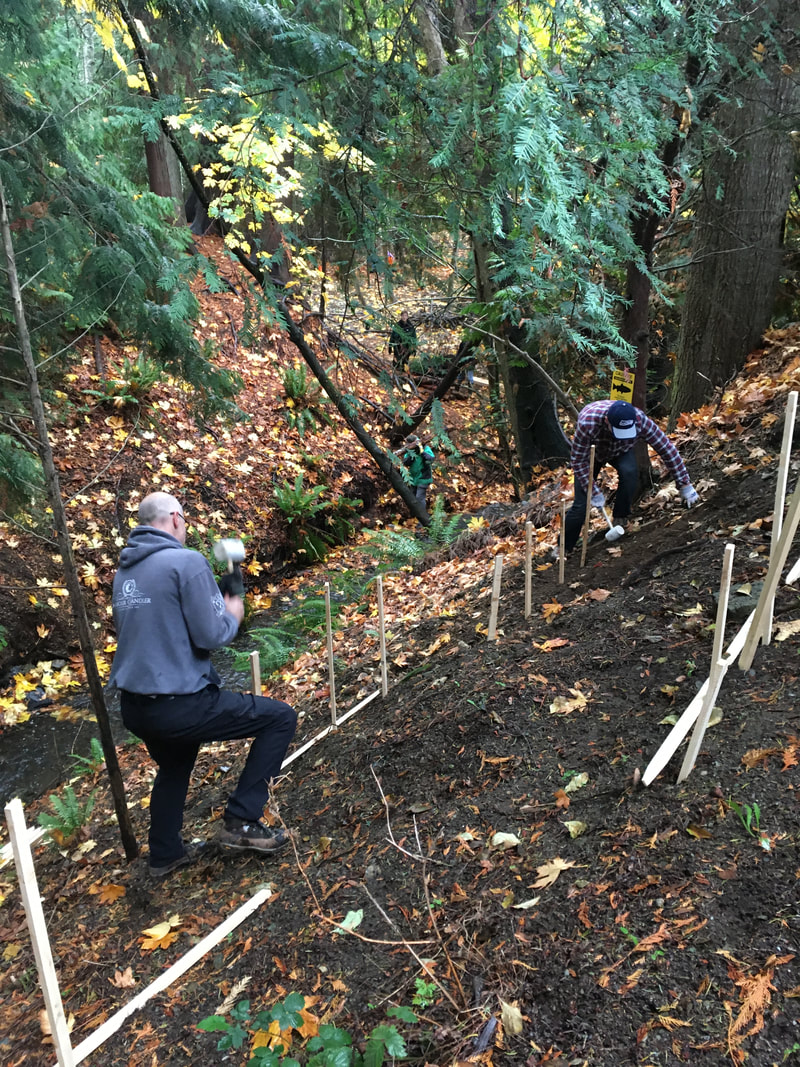
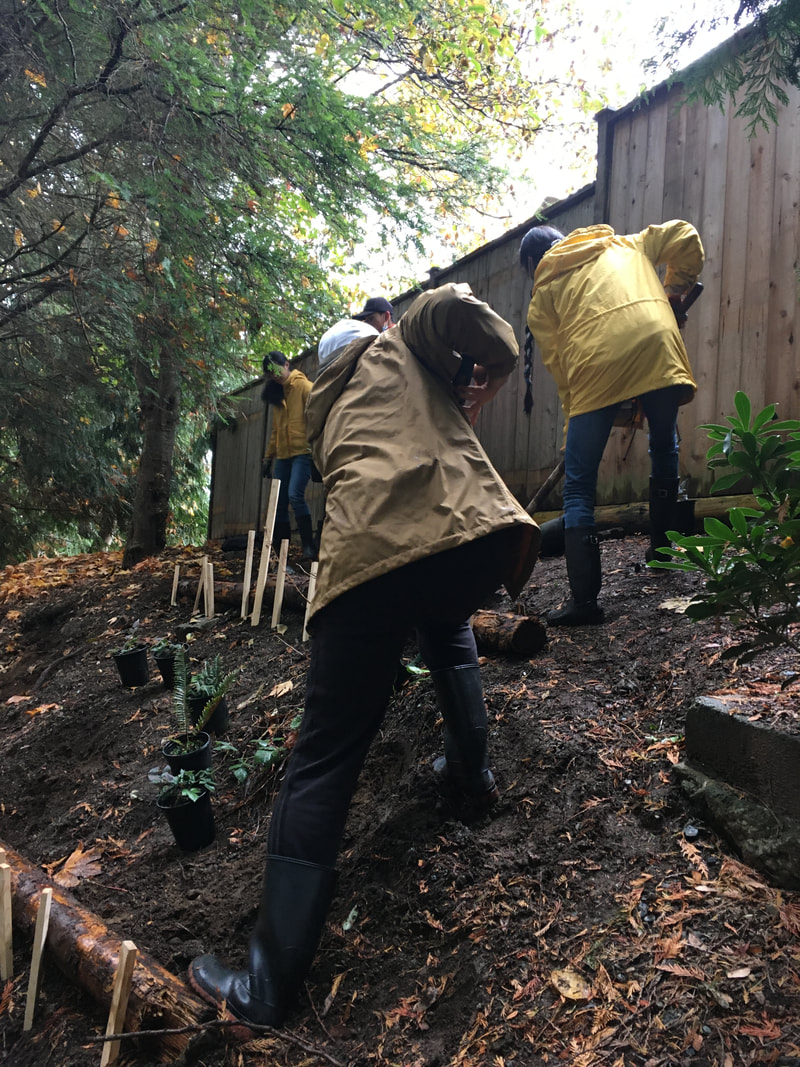
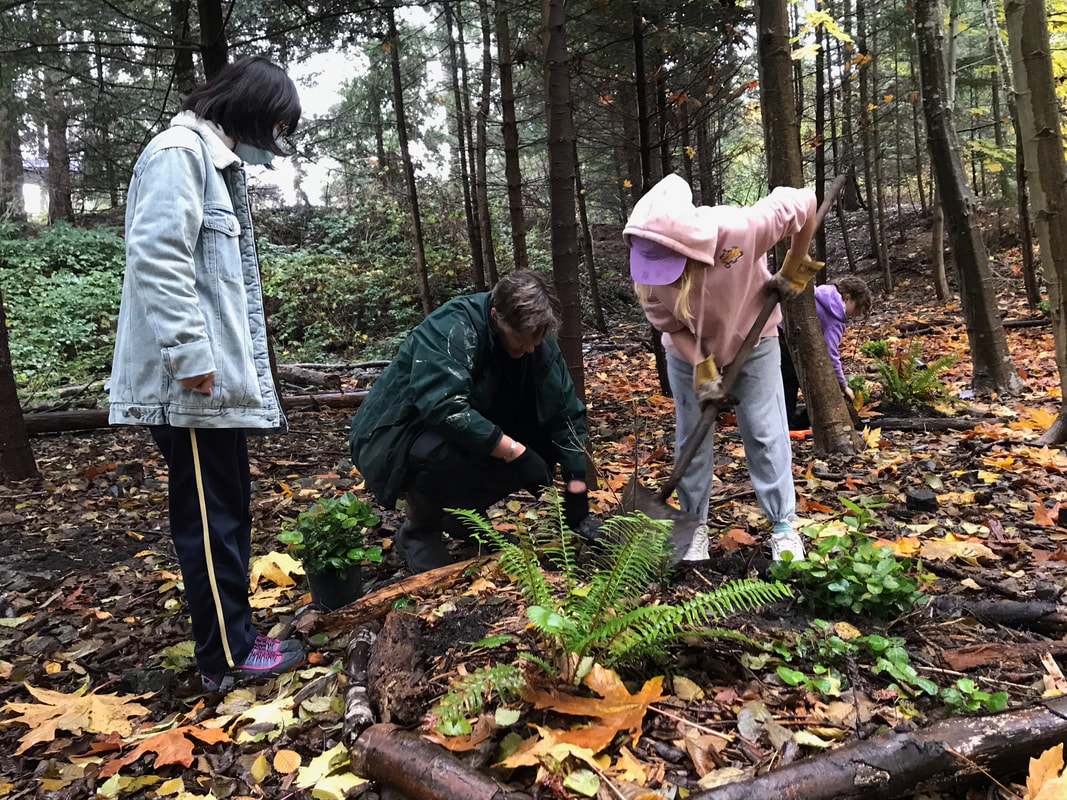
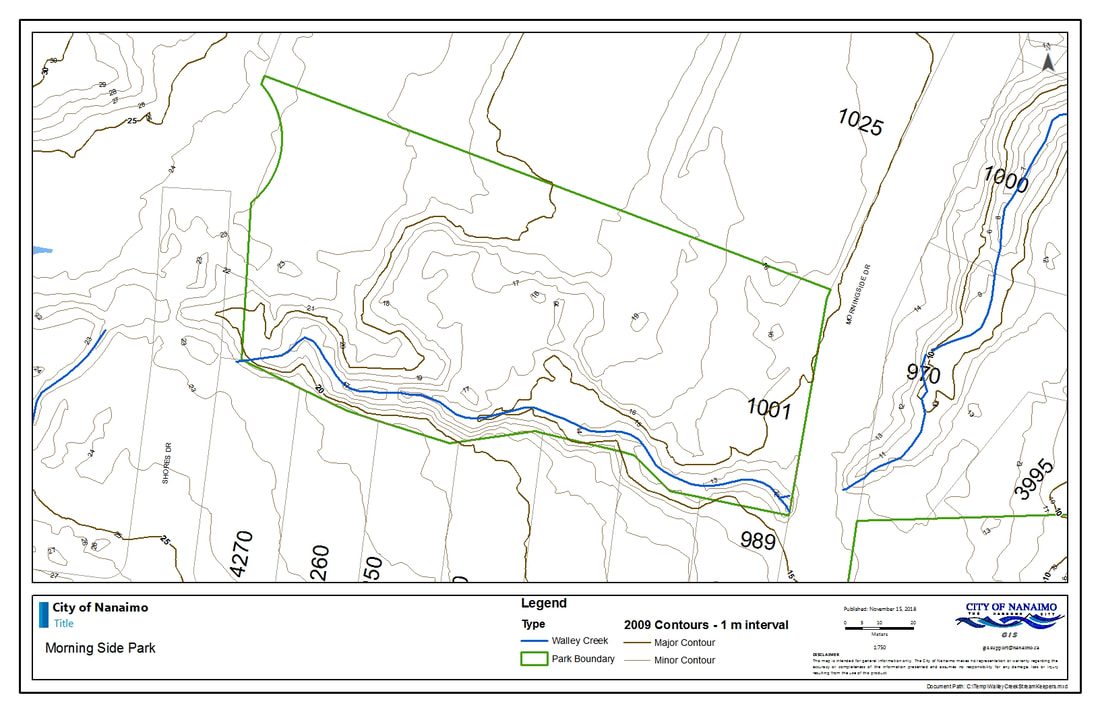
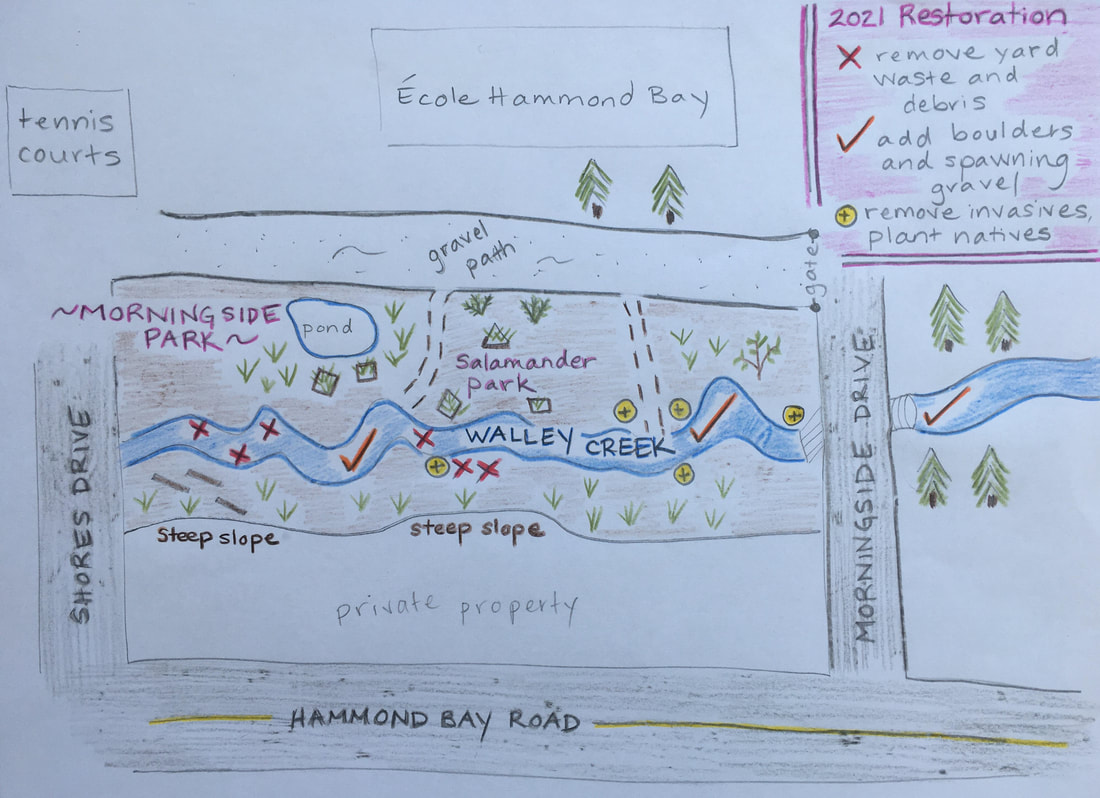
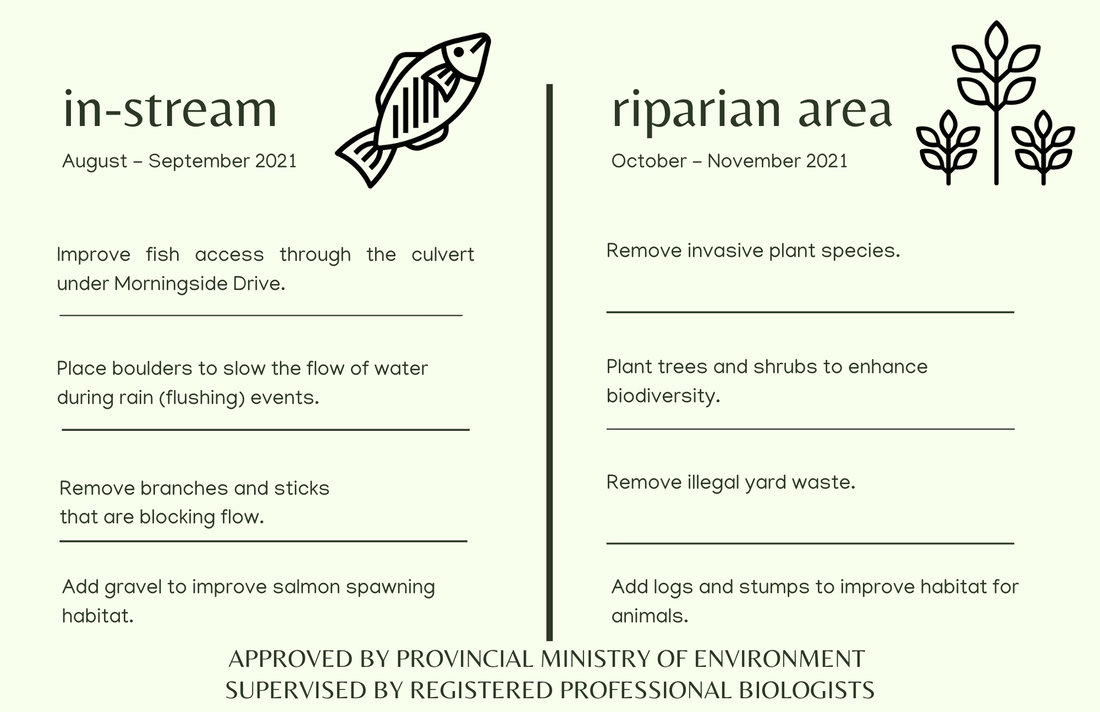

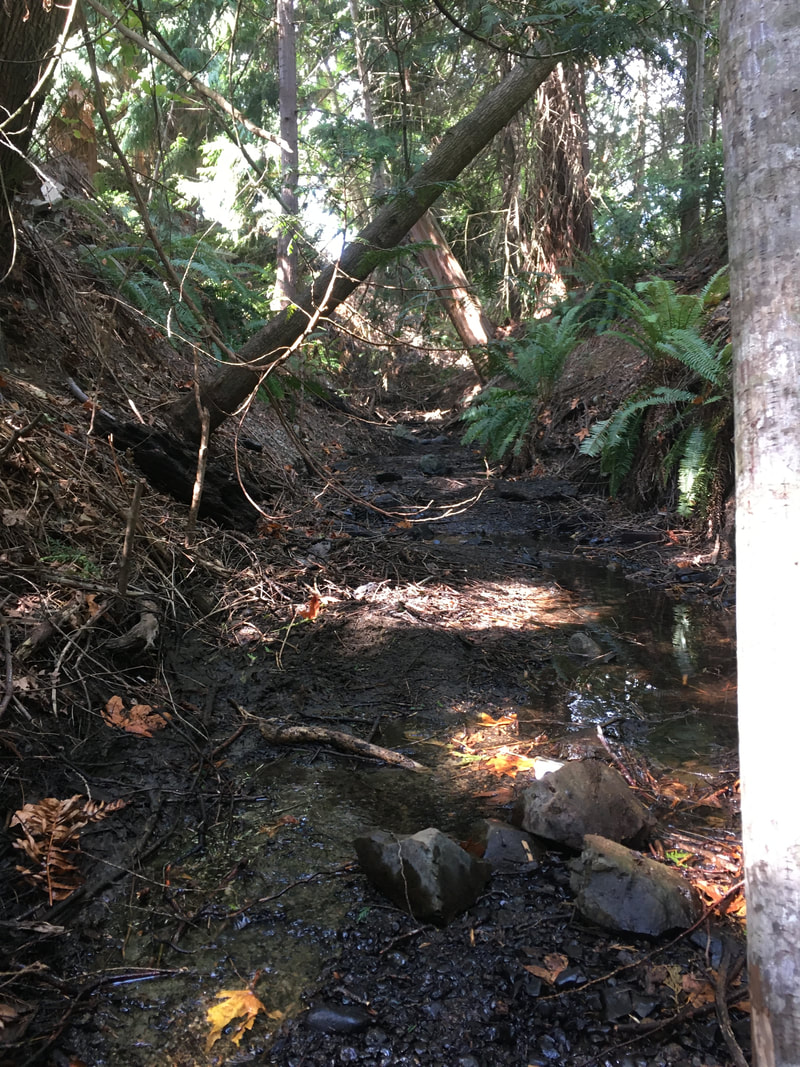

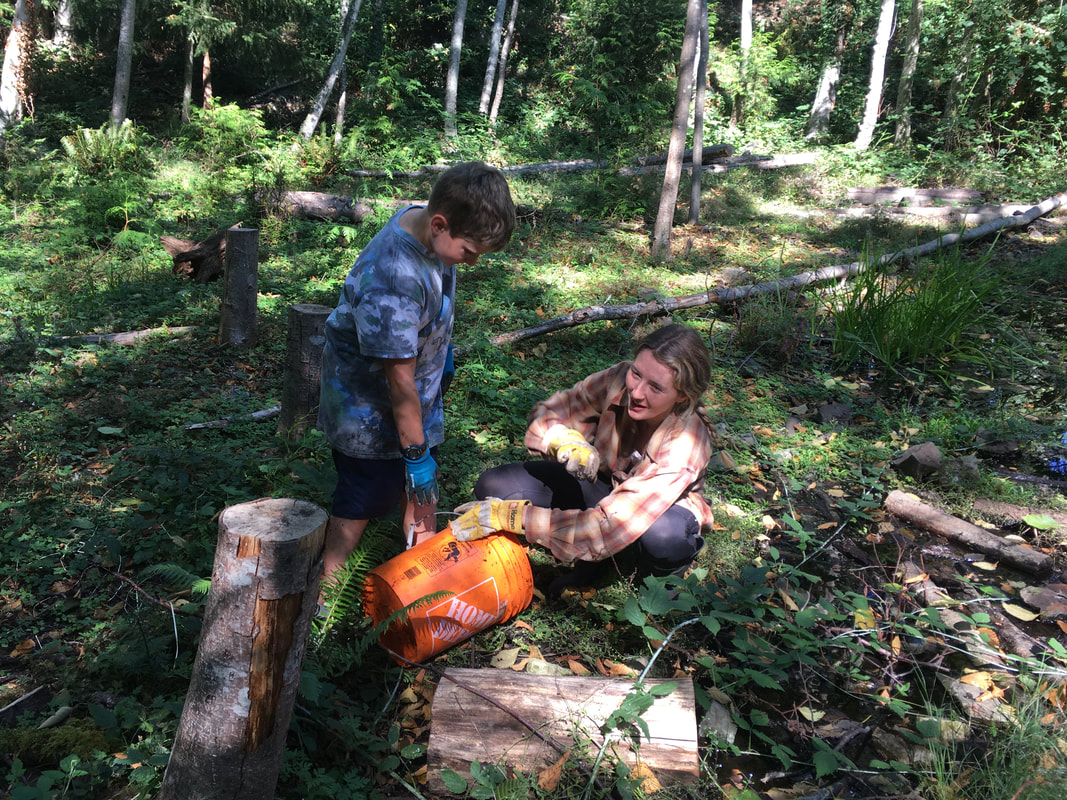
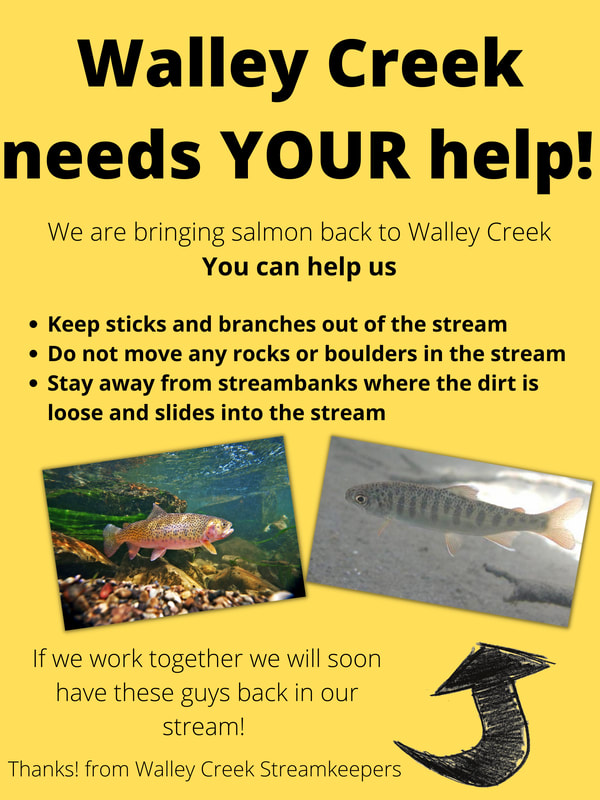
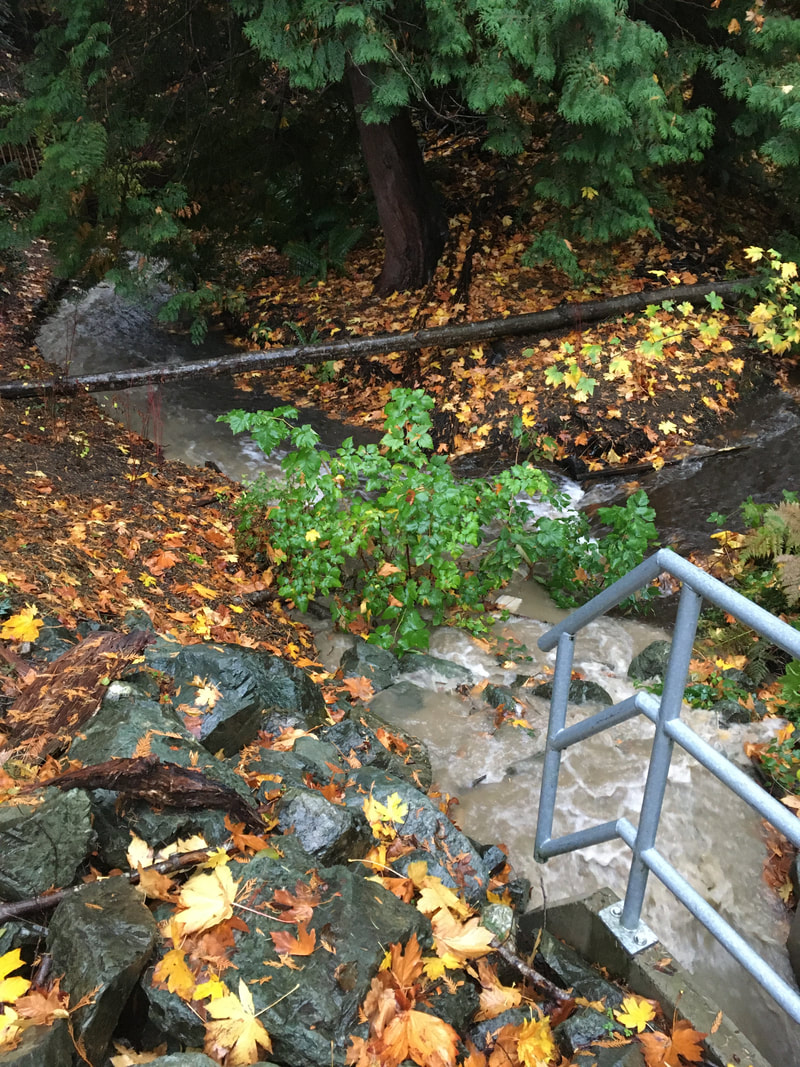


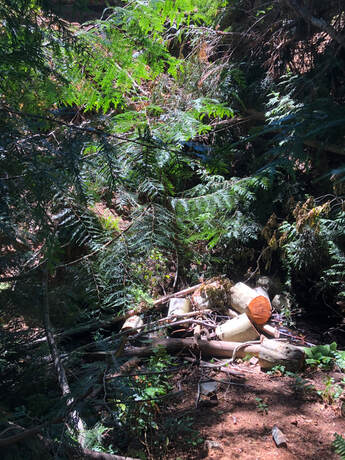
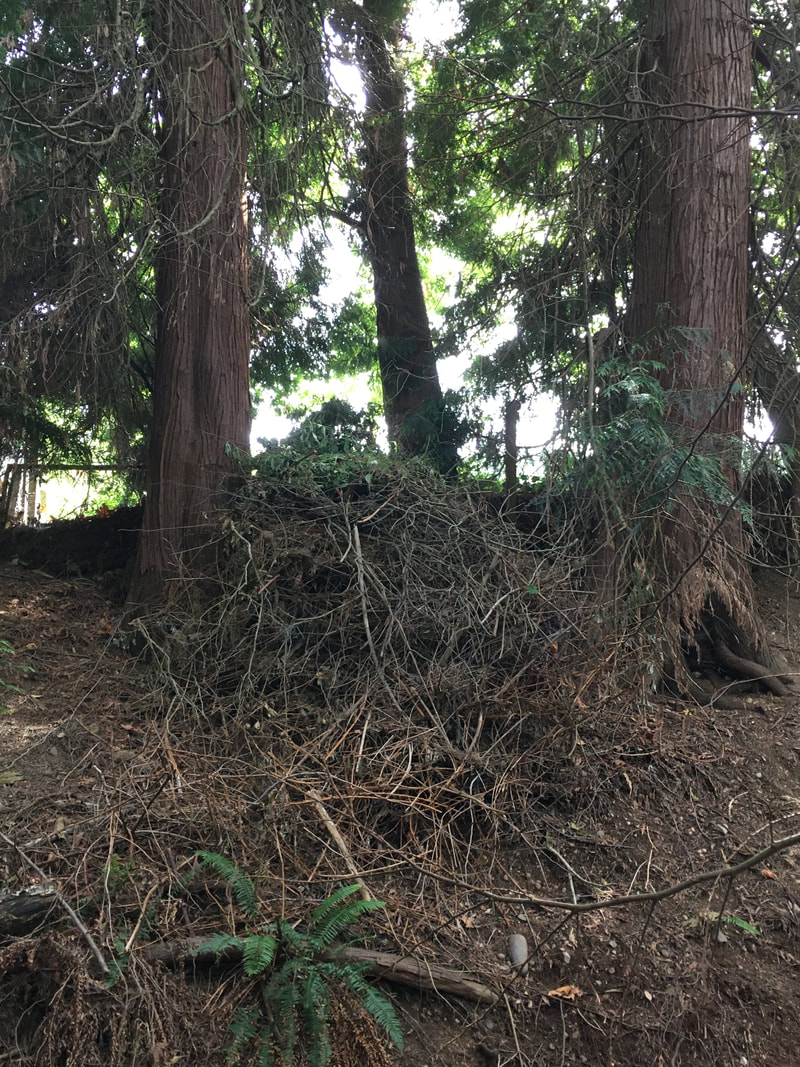



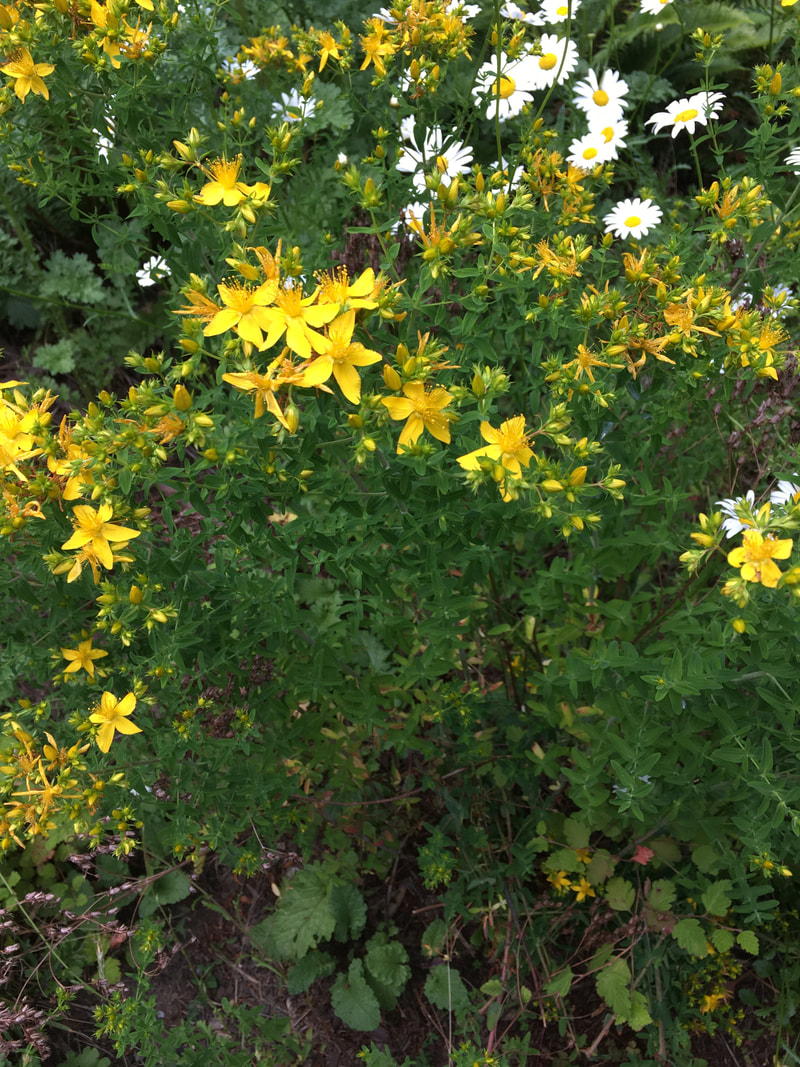
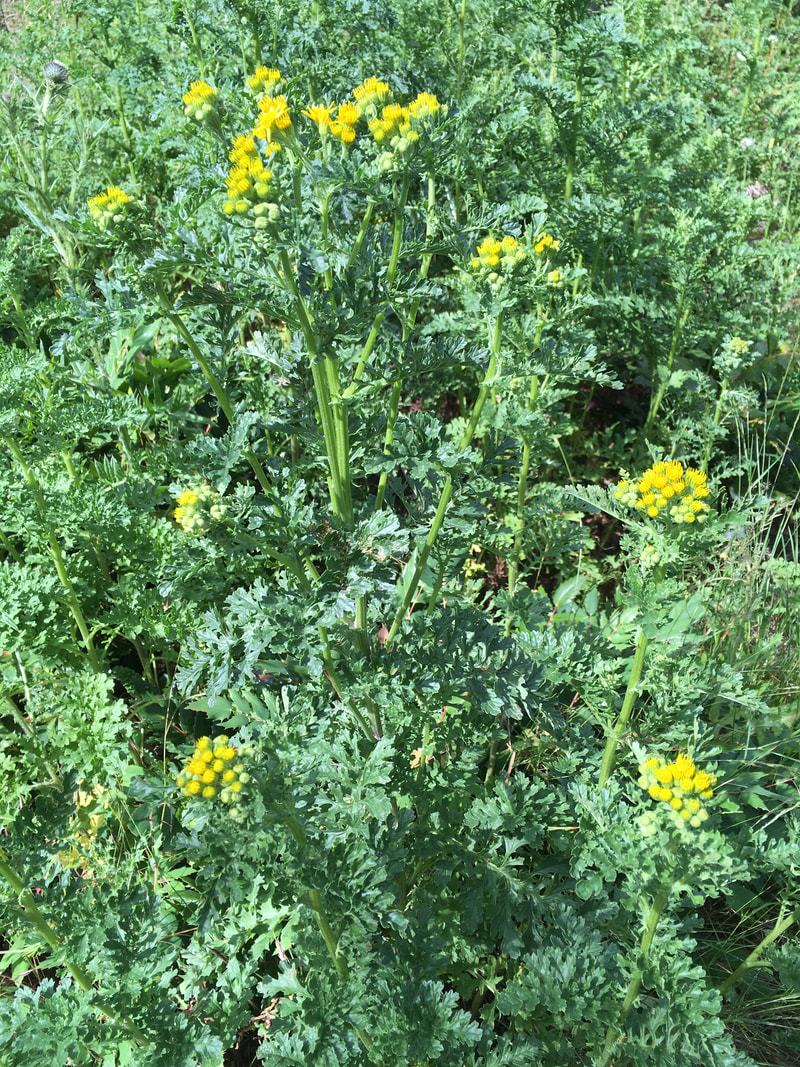


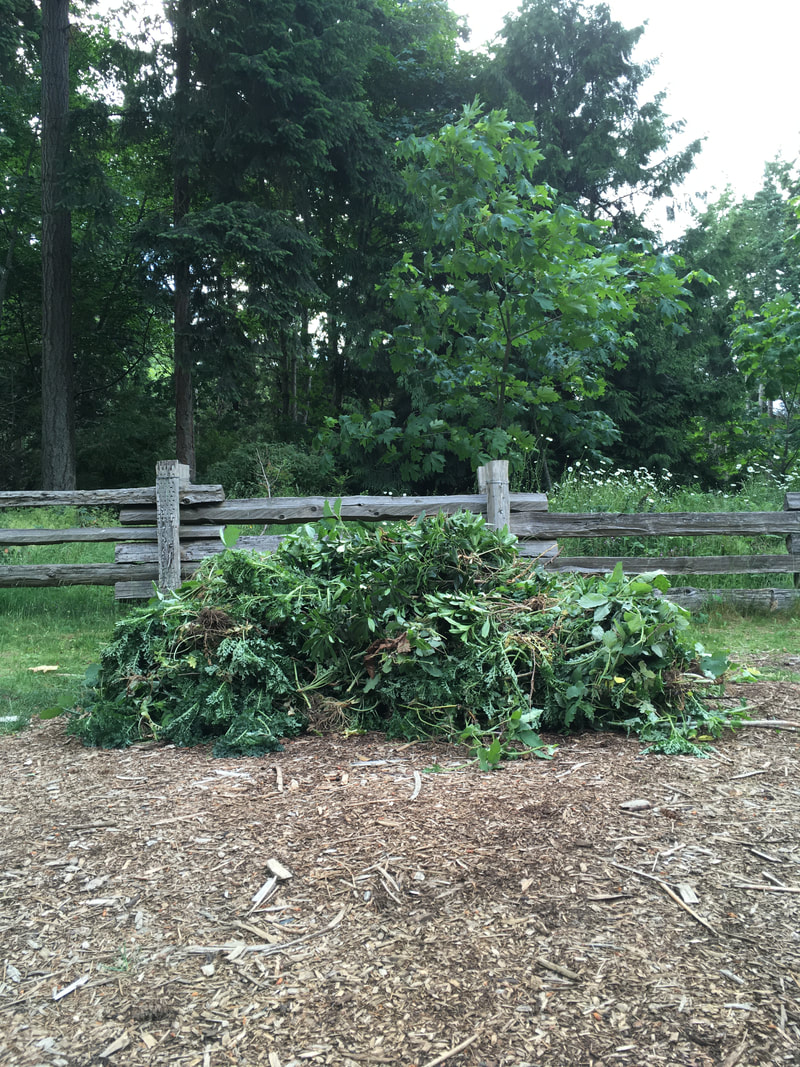
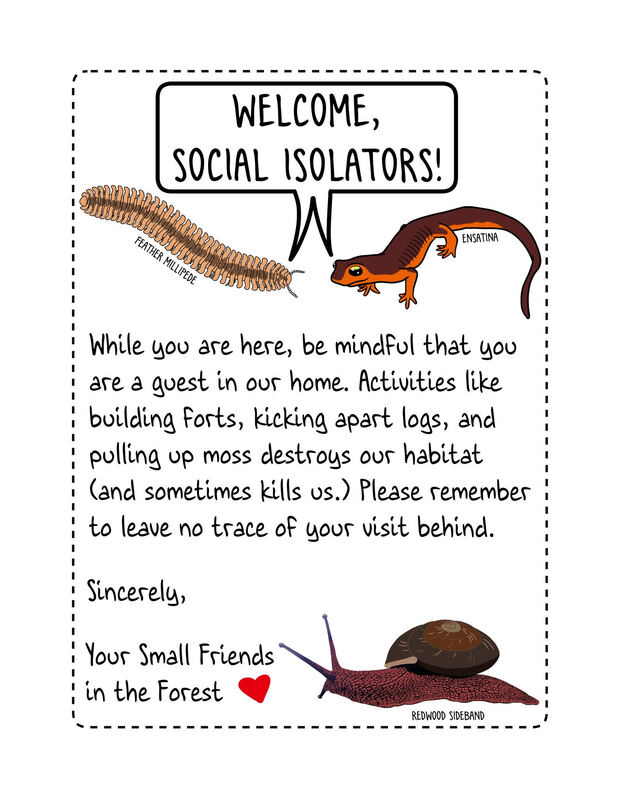
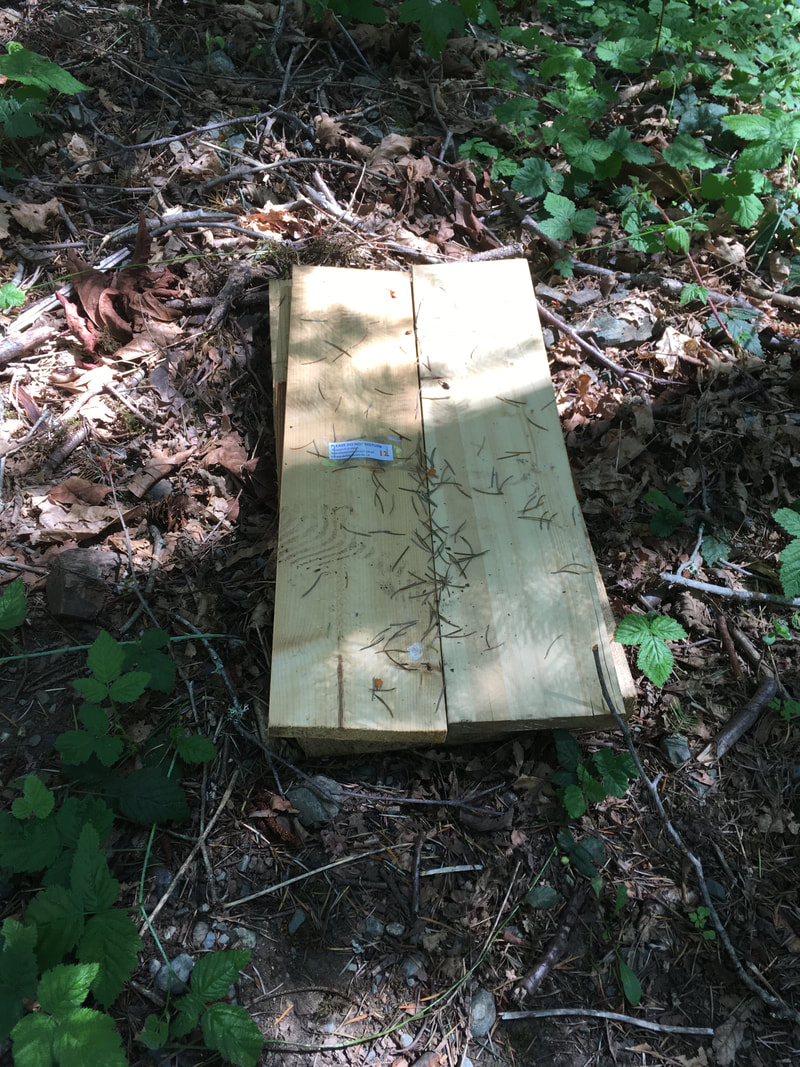


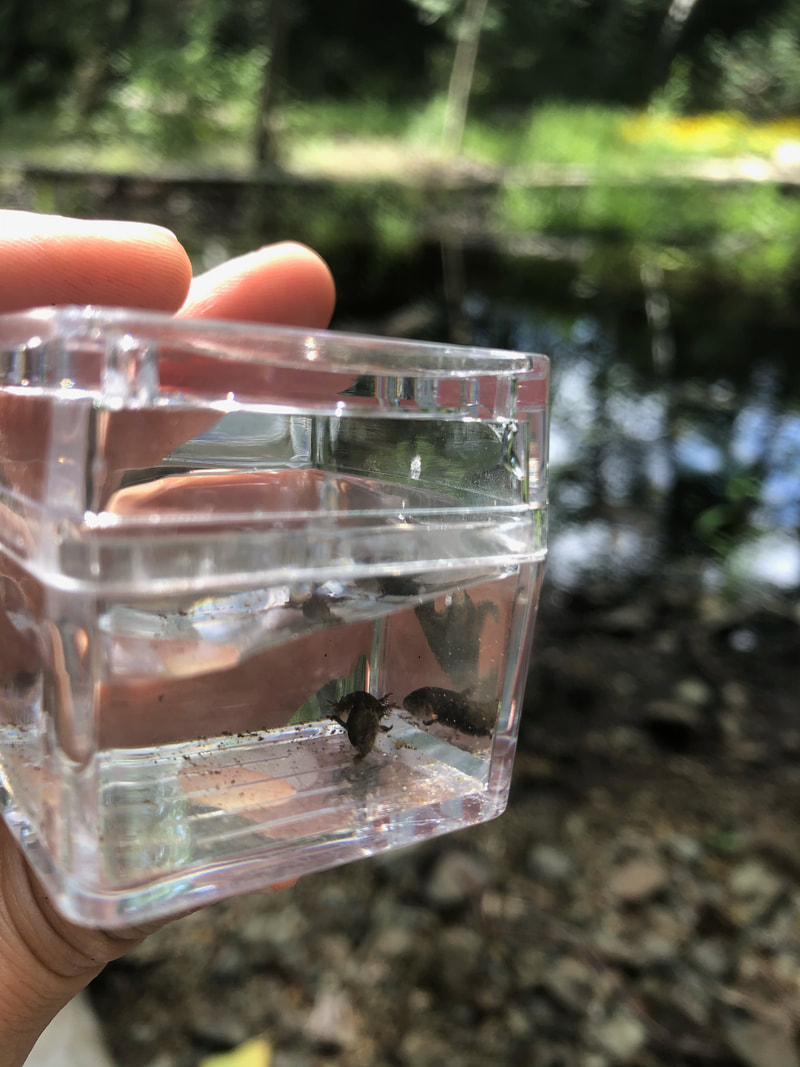

 RSS Feed
RSS Feed
